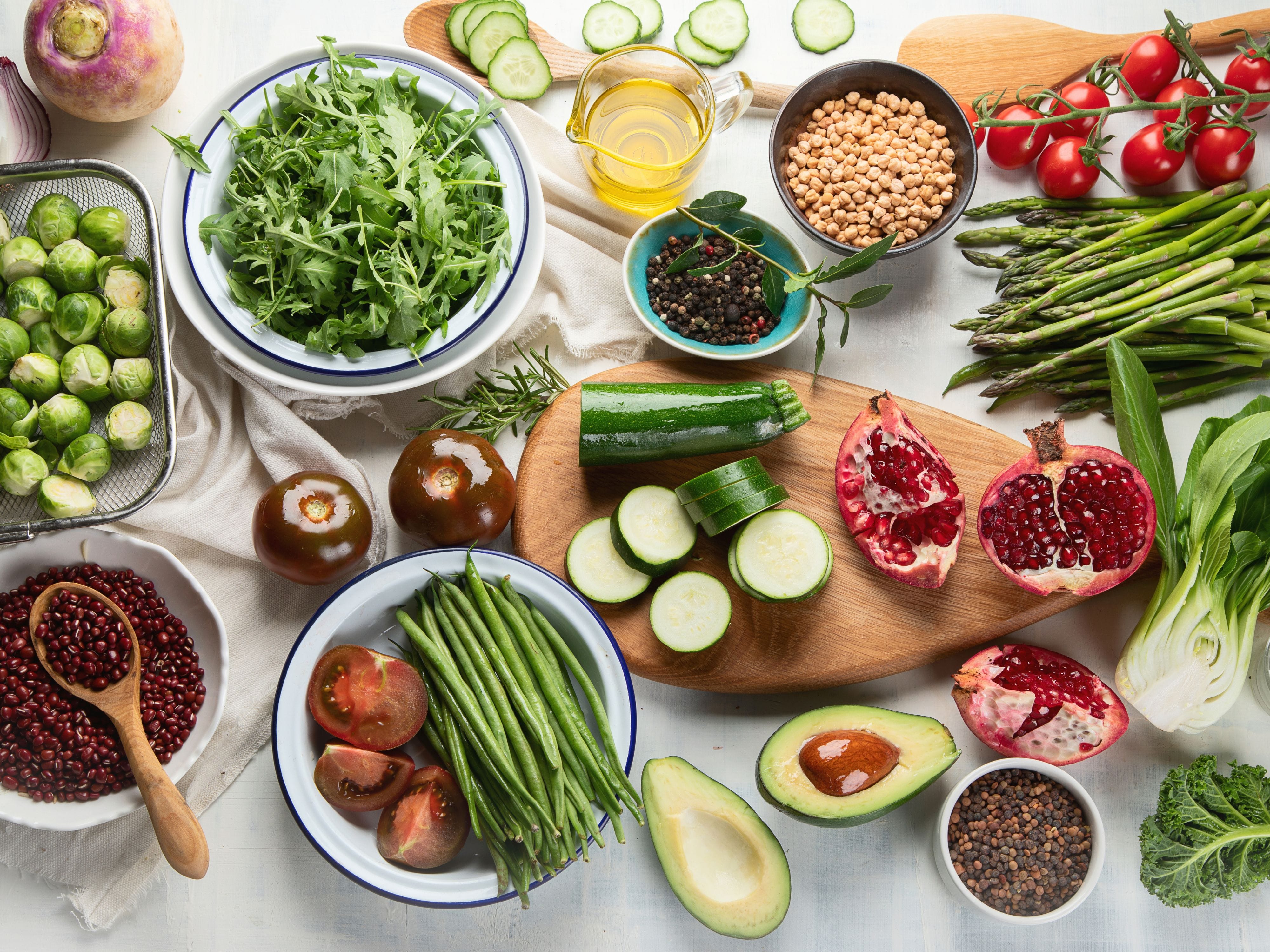
Who says healthy eating has to be expensive? Whether you're a fitness enthusiast or looking to start your health journey, this article is your one-stop shop for mastering the art of affordable, healthy eating and creating a low-cost diet plan. Ditch the instant, packed foods and explore the world of clever shopping hacks, smart food choices, and tips for making everyday meals wholesome and nutritious.
Cooking With Creativity (And a Budget)
You have to get creative when looking for the best ways to integrate healthy eating into everyday meals. Think outside the box and learn some tips and tricks that will allow you to eat a balanced diet without breaking the bank. Remember, small changes can make a big difference. Here are some ways you can start your healthy eating journey:
Tip 1: Plan Ahead
Planning your meals in advance is one of the most effective strategies for maintaining a healthy diet, especially when you're on a budget. It not only saves you time and money but also helps you make more mindful food choices. It will help you form a low-cost diet plan and equip you to make healthy eating choices.
Start by listing your favourite healthy meals and snacks. Consider your dietary needs, preferences, and any upcoming events or commitments. Don't overcomplicate your meal plan. Start with a few days at a time and gradually increase as you become more comfortable with the process.
Tip 2: Stick to Your Grocery List

You've carefully planned your meals and created a detailed shopping list. Now comes the real challenge: navigating the grocery store without succumbing to the call of impulse buys. Sticking to your grocery list is crucial for staying within budget and avoiding those tempting, yet often unhealthy, processed foods that seem to magically jump into your cart.
An essential aspect of sticking to your grocery list is never to shop when you're hungry. Hunger can lead to impulsive decisions, so make sure you've eaten before heading to the store. While it is okay to indulge in a treat now and then, make sure it is a conscious choice and not an impulsive buy.
Tip 3: Make Smart Food Choices
Making smart food choices is all about choosing the healthiest options available. Stock your pantry with healthy staples like canned tomatoes, beans, lentils, nuts, and whole grains. These are versatile ingredients that can be used in various meals. Choose whole-grain bread, pasta, and rice over refined grains. Whole grains are higher in fibre and nutrients, which keep you feeling full and satisfied. Read the nutrition labels and identify key nutrients like protein, fats, fibre, and more.
Tip 4: Keep Up the Fruit and Vegetable Intake
Fruits and vegetables are nutritional superstars, packed with vitamins, minerals, antioxidants, and fibre. They're essential for maintaining a healthy weight and boosting your immune system. Fruits and vegetables are the most essential part of healthy eating. When working on a budget, consider bulk buying fruits and veggies, especially if they naturally have a longer shelf life.
Don't underestimate the power of frozen fruits and vegetables. They're picked at peak ripeness and frozen quickly, preserving their nutrients and flavour. Plus, they're incredibly convenient and can be added to smoothies, soups, stir-fries, and more.
Tip 5: Your Own Kitchen Garden
Imagine stepping into your backyard and harvesting fresh, flavourful ingredients for your next meal. Growing your kitchen garden is a rewarding way to connect with your food, save money, and enjoy the freshest produce possible. Start with easy-to-grow veggies like spinach, tomatoes, carrots, spring onions, and herbs. You can cultivate plenty of small herbs on your windowsill if you have limited space.
Tip 6: Make the Most of Leftovers
Keep those leftovers from languishing in the back of your fridge. With a bit of creativity, you can transform yesterday's dinner into a brand-new culinary experience. Repurposing leftovers not only helps you stick to a low-cost diet but is also a fantastic way to reduce food waste and minimise your time in the kitchen.
Add leftover vegetables to omelettes, frittatas, stir-fries, or fried rice, and transform leftover rice into fried rice, rice pudding, or delicious yet healthy biryani.
Tip 7: Shop for Seasonal Items

Eating with the seasons is a delicious way to save money, integrate healthy eating habits, and enjoy produce at its peak flavour and freshness. When fruits and vegetables are in season, they're more abundant and often cost less. Shopping for seasonal items is a smart strategy for getting the most nutritional value while enjoying the vibrant flavours that each season has to offer.
Check your grocery store and look for items that are on sale for seasonal produce. Some stores even have dedicated sections for locally grown items.
Unlocking an Affordable and Healthy Diet
Eating healthy on a budget is entirely possible. By embracing these tips and tricks, you can create a sustainable, low-cost diet that nourishes your body and supports your overall well-being. Remember, healthy eating is not about deprivation or restriction; it's about making smart choices and finding creative solutions that align with your lifestyle. So, embark on your journey towards a healthier, happier you, one delicious and affordable meal at a time.
Disclaimer: This information provided is intended for general informational purposes only. It is not a substitute for professional advice or guidance. For personalised recommendations or specific concerns, please consult a certified professional.



